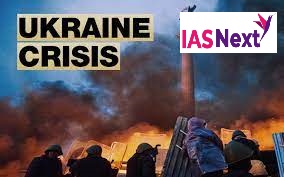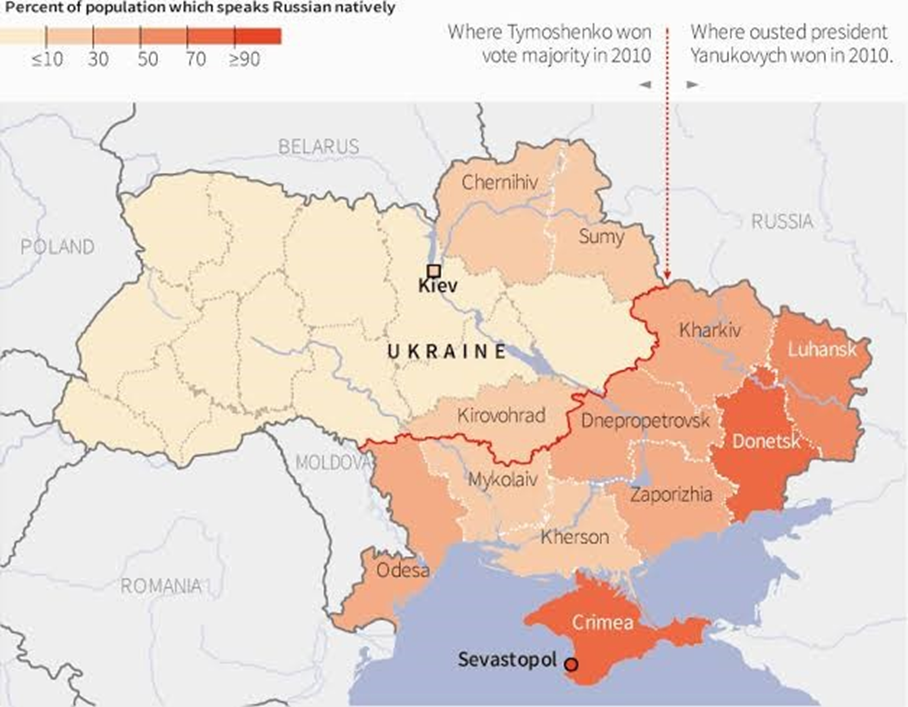CURRENT AFFAIRS
Get the most updated and recent current affair content on Padhaikaro.com
Ukraine Issue
- IAS NEXT, Lucknow
- 09, Dec 2021

Reference News:-
The United States, and Ukrainian officials have been making statements for nearly two weeks, referring to what they say are unusual Russian troop movements in the proximity of Ukraine.
What is the conflict all about?
- Tensions between Ukraine and Russia, both former Soviet states, escalated in late 2013 over a landmark political and trade deal with the European Union. After the pro-Russian then-President, Viktor Yanukovych, suspended the talks, weeks of protests in Kiev erupted into violence.
- Then, in March 2014, Russia annexed Crimea, an autonomous peninsula in southern Ukraine with strong Russian loyalties, on the pretext that it was defending its interests and those of Russian-speaking citizens.
- Shortly afterwards, pro-Russian separatists in Ukraine’s Donetsk and Luhansk regions declared their independence from Kiev, prompting months of heavy fighting. Despite Kiev and Moscow signing a peace deal in Minsk in 2015, brokered by France and Germany, there have been repeated ceasefire violations.
Need for international attention:
Fourteen thousand people have died in the battle between Kiev and pro-Russia rebels in the east of the country. Out of these, 3,393 deaths were of civilians, according to the UN Office of the High Commissioner for Human Rights’s October 2021 report.
International response:
The European Union and US have imposed a series of measures in response to Russia’s actions in Crimea and eastern Ukraine, including economic sanctions targeting individuals, entities and specific sectors of the Russian economy.
Russia’s response:
Moscow sees the growing support for Ukraine from NATO — in terms of weaponry, training and personnel — as a threat to its own security.
- It has also accused Ukraine of boosting its own troop numbers in preparation for an attempt to retake the Donbas region, an allegation Ukraine has denied.
- Russian President Vladimir Putin has called for specific legal agreements that would rule out any further NATO expansion eastwards towards Russia’s borders, saying the West has not lived up to its previous verbal assurances.
Minsk Agreements:
Minsk I: Ukraine and the Russian-backed separatists agreed a 12-point ceasefire deal in the capital of Belarus in September 2014.
- Its provisions included prisoner exchanges, deliveries of humanitarian aid and the withdrawal of heavy weapons.
- The agreement quickly broke down, with violations by both sides.
Minsk II: In 2015, an open conflict was averted after the ‘Minsk II’ peace agreement was signed, under the mediation of France and Germany.
- It was designed to end the fighting in the rebel regions and hand over the border to Ukraine’s national troops.
